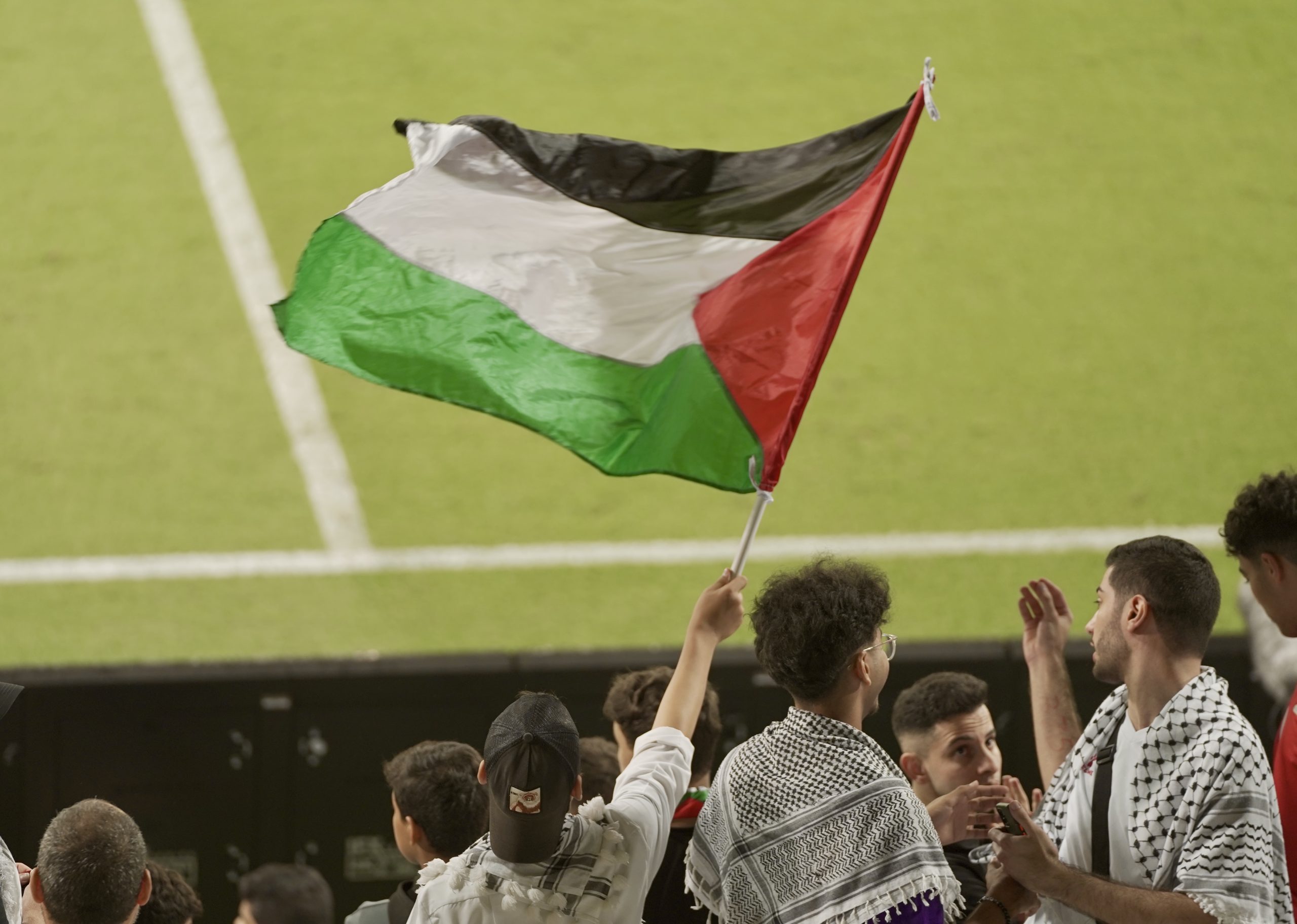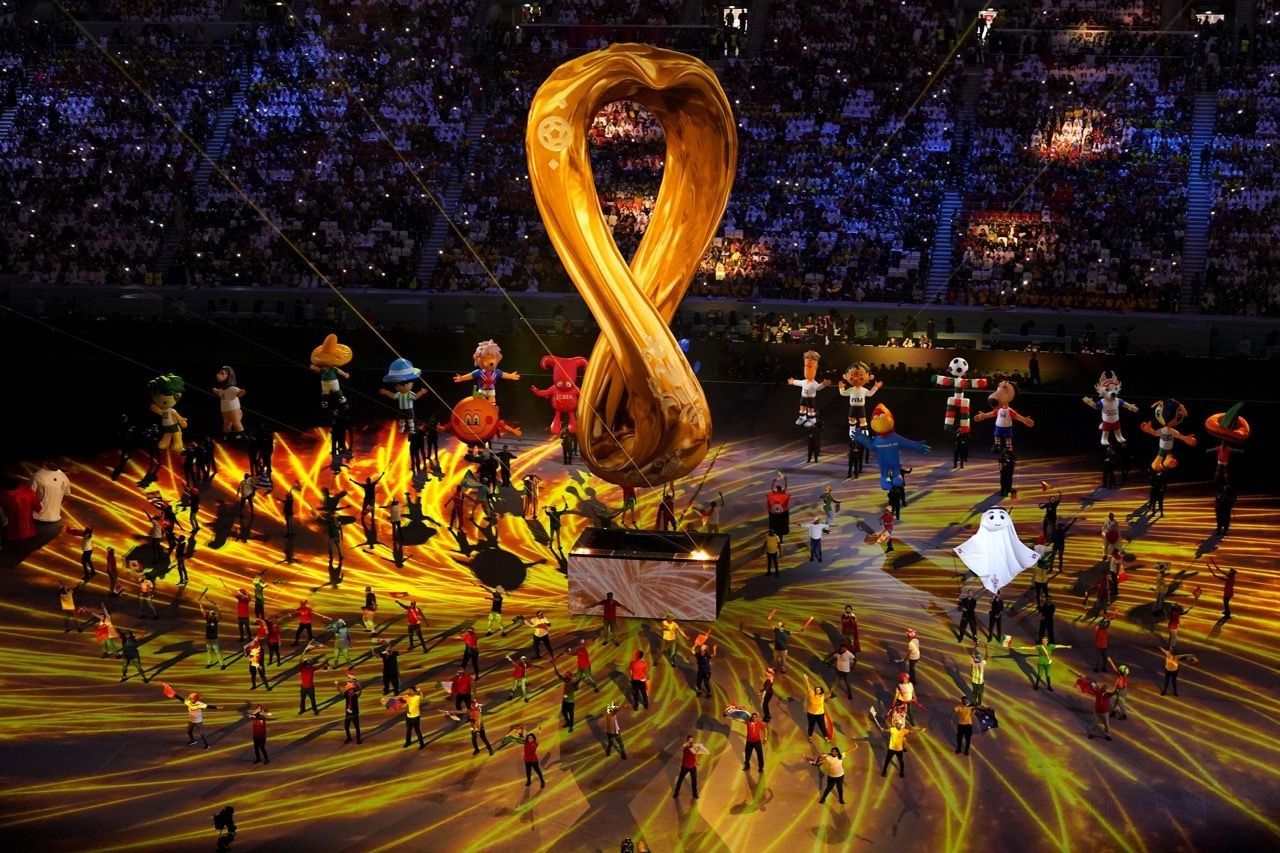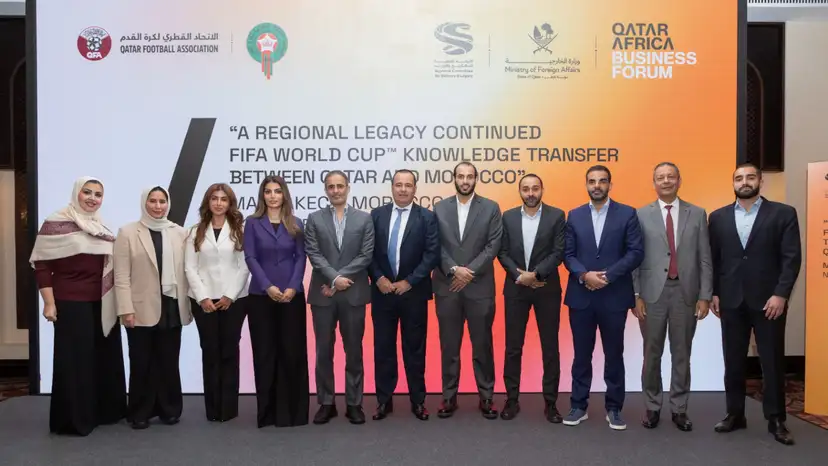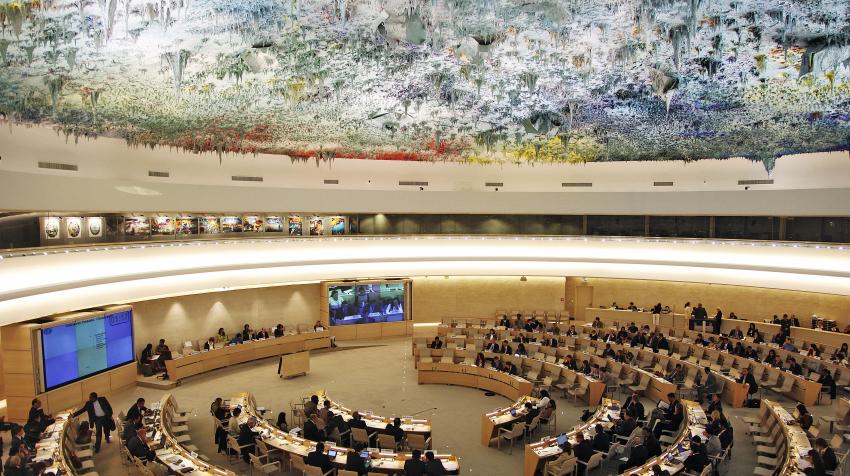
The Qatar body responsible for overseeing the preparations for and implementation of the 2022 World Cup has convened for the first time today, on the heels of a historic recommendation that the tournament be moved to the winter months.
During this morning’s meeting, the Local Organizing Committee (LOC) presented the Tournament Operation Master Plan to FIFA and fielded questions about human rights concerns, stadium construction progress and of course, the new winter calendar.
Hassan Al Thawadi, CEO of the body, said today marked a shift from years of preparation and planning to “the delivery phase.” In a statement, he added:
“The first LOC board meeting is a symbol that this World Cup is not simply a concept for a tournament that will be held in the distant future. It is evidence that we are working every single day to deliver a unique tournament that will bring people in the Middle East together, while at the same time build bridges between East and West.”
Human rights
One of FIFA’s top executives was in attendance at the meeting, and said that he “expects” the same protections that cover those building World Cup stadiums and training facilities to be extended across Qatar’s construction sector.

For the past few years, the living and working conditions of migrant laborers in Qatar have become a target of criticism from human rights advocates and those who want to see the 2022 World Cup moved to another country.
At a press conference this morning at the Ritz-Carlton, FIFA secretary-general Jérôme Valcke said he had visited the Al Wakrah Stadium construction site, which was the first World Cup facility on which workers broke ground. It was also the focus of a Guardian newspaper report that found laborers on the site were paid as little as $308/month.
He said he also visited workers’ accommodations. He did not provide specific examples of what he observed, but said overall he was “very happy with what we have seen.”
However, Valcke conceded that what he witnesses may not be representative of the situation elsewhere in the country.
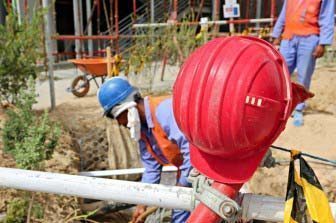
All companies working on World Cup stadiums and training facilities are obliged to follow a workers’ charter that sets minimum standards for recruiting, compensating and housing employees.
Its contents have been praised by human rights advocates, often with the caveat that its effectiveness rests with how strictly the measures will be enforced.
However, many observers note that the charter only covers a fraction of Qatar’s construction sector workforce and excludes, for example, those building the hotels and highways that are also necessary for the tournament.
Valcke picked up on that theme today:
“We are pleased to see the level of standards for the World Cup construction sites is higher than the average one. What we are expecting and hope is that these standards will become the benchmark (for) other construction sites (that) companies will use and adapt to make sure they provide to the workers these conditions.”
There are signs that Qatar is moving in this direction. Earlier this month, a human rights advocate said government officials told him that Qatar’s public works authority, Ashghal, was mulling its own workers’ charter.
Such a move would cover thousands of workers who are constructing Qatar’s new roads, highways, schools and hospitals.
‘We’re not destroying football’
Valcke appeared at the press conference alongside Thawadi, who explained that the LOC is effectively “FIFA’s representatives on the ground,” responsible for World Cup event and operational planning.

A separate organization, the Supreme Committee for Delivery and Legacy, is responsible for constructing the stadiums and training facilities.
Yesterday, a FIFA task force meeting in Doha recommended moving the tournament from the traditional June/July months to November/December.
The news prompted an outcry among some critics who say shifting the days will disrupt the schedules of European football clubs.
When asked by several journalists if he felt European clubs deserved an apology or financial compensation, Valcke said no, continuing:
“We’re not destroying football. We are changing the format of the season. It is happening once … We are all making concessions to make sure this World Cup can be played in the best conditions.”
The decision to hold the tournament in the winter will not be officially made until next month, during a FIFA Executive Committee meeting.
Meanwhile, proposals have been floated to reduce the length of the tournament from its traditional 32-day schedule to 28 days of competition, ending with a final match on Dec. 23.
However, officials said today that final dates, as well how many stadiums that will be used, would not be confirmed until the end of this year.

When Qatar bid for the games, it proposed readying 12 stadiums for the World Cup. But Valcke said using a dozen stadiums was never seriously considered and that most host countries only use 10 stadiums.
Earlier today, Doha Stadium Plus reported that Qatar was leaning toward only using eight stadiums. So far, seven locations have been identified.
In addition to Al Wakrah, designs have been revealed for Al Bayt stadium in Al Khor, Khalifa International Stadium in the Aspire Zone and a new Qatar Foundation stadium in Education City.
Other announced plans include razing and rebuilding Al Rayyan Stadium as well as constructing new facilities near the airport and on the site of Qatar Sports Club in Dafna/West Bay.
Valcke spoke positively about the preparations underway for the tournament, saying players would benefit from the “compact” tournament that reduces the “stress of traveling” from one venue to another.
Cooling technology
When Qatar submitted its bid to host the World Cup, it proposed using advanced cooling technology to protect players and spectators from the country’s searing summer temperatures.

While the process remains a work in progress, local organizers demonstrated their early progress last year at a fan zone set up in Katara for local football fans to watch the World Cup taking place in Brazil.
Various strategies were employed to keep the seated areas cool, including “high level jet nozzles” and cooling mists.
Shifting the tournament to the winter reduces the need for cooling technology in the stadiums. Nevertheless, Al Thawadi said research would continue and that it would be one of the legacies of Qatar’s World Cup.
As an example, he said the technology could be used in greenhouses in Qatar, helping the country meet its food security goals.
Thoughts?


